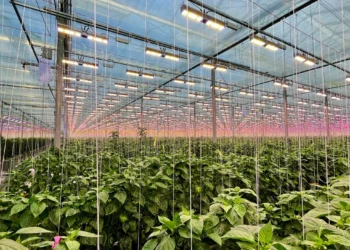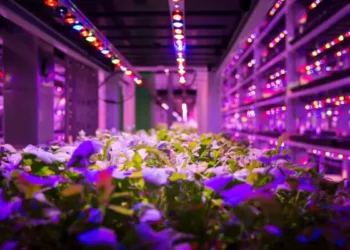Homeowners looking for long-lasting and attractive outdoor storage options have traditionally turned to wood sheds. Built from different kinds of wood, these structures can be used for firewood storage or the storage of garden tools. Examine the key features of wood sheds in this guide, illuminating the factors that influence homeowners’ preference for them.
Choosing the Right Wood for Your Shed
The durability and longevity of your shed are directly proportional to the type of wood that you choose to construct. Cedar, redwood, and pressure-treated lumber are examples of common and available alternatives. You can also buy quality wood sheds from top-rated firms. Every variety has its own set of distinguishing qualities, which can affect aspects such as resistance to decay, longevity, and overall physical appearance. In particular, cedar is highly appreciated because of its inherent resistance to both insects and decay, which makes it a fantastic option for a shed that will last for a very long time.
Foundation Considerations
The foundation is one of the most critical aspects of any structure, and wood sheds are no exception. If you want your shed to be stable and long-lasting, it is necessary to have a sturdy foundation. A site that is both level and well-drained allows for the creation of a stable base, which helps to prevent problems such as rotting and uneven settling. To adhere to the appropriate foundation procedures, it is important to be aware of the local building standards and regulations.
Weatherproofing Your Shed
When you want to extend the lifespan of your shed, it is necessary to protect it from the elements. One way to protect wood from moisture, ultraviolet radiation, and temperature variations is to apply a high-quality wood sealer or stain. To ensure that the shed continues to be resilient in the face of shifting weather conditions, it is necessary to do routine maintenance, which can include resealing or repainting.
Design Considerations
It is not only the design of your shed that defines its utility, but it also has an impact on its external appearance. Consider things like the slope of the roof, where the doors are located, and whether or not windows are included. Additionally, the shed’s doors and windows are positioned in such a way as to maximize accessibility and natural light, while the roof is inclined to facilitate efficient water runoff. The construction will be both functional and aesthetically beautiful if it is designed to meet your exact requirements.
Ventilation for Optimal Conditions
The importance of proper ventilation in maintaining optimal conditions within your shed is sometimes ignored, even though it plays a significant part in doing so. A sufficient amount of ventilation avoids the accumulation of moisture, which in turn reduces the likelihood of mold and decay. By incorporating vents into the design of the shed, you can improve air circulation, which will ensure that the interior of the shed is dry and properly ventilated for your belongings that are stored there.
Assembly and Installation Tips
Whether you decide to construct a shed out of wood from scratch or purchase one that has already been pre-fabricated, the structural stability of the shed is dependent on how well it is assembled and installed. Be sure to carefully adhere to the directions provided by the manufacturer, and if you are building a shed from scratch, make sure to follow a well-planned blueprint. When paying attention to details, such as ensuring that all components are correctly linked and that they are securely fastened, pay attention to the details.
Security Measures for Your Shed
Protecting the items that are stored in your shed is of the utmost importance, which is why security measures are an essential factor to take into consideration. Doorways should be strengthened with sturdy locks, and motion-activated lighting should be considered as a potential deterrent against potential attackers. Your valuables will be protected, and you will have an additional layer of peace of mind if you have a shed that is carefully secured.
Conclusion
Homeowners are better equipped to decide what kind of outdoor storage they need when they are aware of the subtleties of sheds. Every element, including the type of wood used, foundational concerns, and design features, adds to the structure’s overall longevity and functionality. By incorporating these tips, you can make sure that your shed will withstand the elements and the test of time, offering a dependable and attractive storage option for many years to come.














